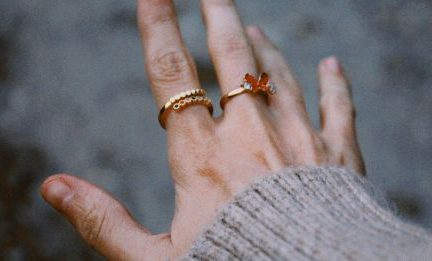In the world of fashion, designer collaborations have become a highly anticipated and celebrated phenomenon. From high-end luxury brands teaming up with fast-fashion retailers to iconic designers partnering with popular streetwear labels, these collaborations have taken the industry by storm. But what exactly is it that makes these partnerships so popular? Let’s dive into the reasons behind the widespread appeal of designer collaborations.
Creating Buzz and Hype
One of the main reasons why designer collaborations have gained such popularity is their ability to generate buzz and hype. By bringing together two influential brands or designers, these collaborations create a sense of excitement and anticipation among consumers. The limited-edition nature of these collections adds an element of exclusivity, making them highly sought after. This buzz and hype not only drive sales but also increase brand visibility and exposure.
Innovation and Fresh Perspectives
Designer collaborations often bring together creatives from different backgrounds and styles, resulting in innovative and fresh perspectives. These collaborations offer designers the opportunity to step outside their comfort zone and experiment with new ideas, materials, and aesthetics. This infusion of diverse perspectives often leads to the creation of unique and unexpected designs that captivate the fashion world.
Accessibility and Affordability
Another reason for the popularity of designer collaborations is the accessibility and affordability they offer. Traditionally, designer clothing has been associated with elitism and high price tags, making it inaccessible to many. However, when luxury brands collaborate with more affordable retailers, they make their designs accessible to a wider audience. This democratization of fashion allows people to experience the craftsmanship and creativity of high-end designers at a fraction of the cost.
Tapping into Different Markets
Collaborations between designers and brands also allow them to tap into different markets and reach new customers. By partnering with retailers or labels that cater to a different demographic, designers can expand their customer base and gain exposure to a wider audience. This cross-pollination of brands helps both parties to increase their market share and create mutually beneficial relationships.
Limited Edition Collectibles
The limited-edition nature of designer collaborations adds an element of collectibility to these partnerships. Consumers are not only purchasing a piece of clothing or an accessory but also investing in a unique and rare item. This collectible aspect fuels the desire to own these collaborative pieces and creates a sense of exclusivity. The limited availability of these collections also drives up demand, leading to long lines and sold-out items.
Cultural Impact and Collaboration
Designer collaborations often extend beyond the fashion industry and have a cultural impact. These partnerships can bridge the gap between fashion and other art forms, such as music, film, and visual arts. By collaborating with musicians, actors, or artists, designers can create collections that reflect a specific cultural moment or tell a story. This fusion of different creative disciplines allows for a deeper connection with consumers and resonates with them on a more profound level.
In Conclusion
Designer collaborations have become incredibly popular due to their ability to create buzz and hype, bring fresh perspectives, offer accessibility and affordability, tap into different markets, provide limited edition collectibles, and have a cultural impact. These partnerships not only benefit the brands involved but also captivate consumers and create a sense of excitement and exclusivity. The ongoing success of designer collaborations proves that when creatives come together, magic happens, and the fashion industry is forever changed.



